Escape the Snow: Where to Hike, Bike and Climb this Winter
EDITOR’S NOTE 12/20: The gist of this article is travel – the safety of which is questionable right now, given the current and uncertain trajectory of COVID-19 pandemic. That said, we are dreamers and optimists at heart and we trust there will be brighter days ahead. In the meantime, read on to make some great future plans. As always, please do what’s best for you and those around you by follow current guidelines for travel from the CDC, state and local authorities.
Not everyone embraces the onset of winter. If you’re hardcore about warmer weather outdoor pursuits, from hiking, biking, trail running and climbing to paddling, there are parts of the western U.S. that offer respite from the polar vortex. Whether you’re looking to escape the snow entirely or just avoid hauling extra gear, the following places feature exceptional- and diverse- terrain that keep you dirtbagging it in short sleeves until Daylight Savings.
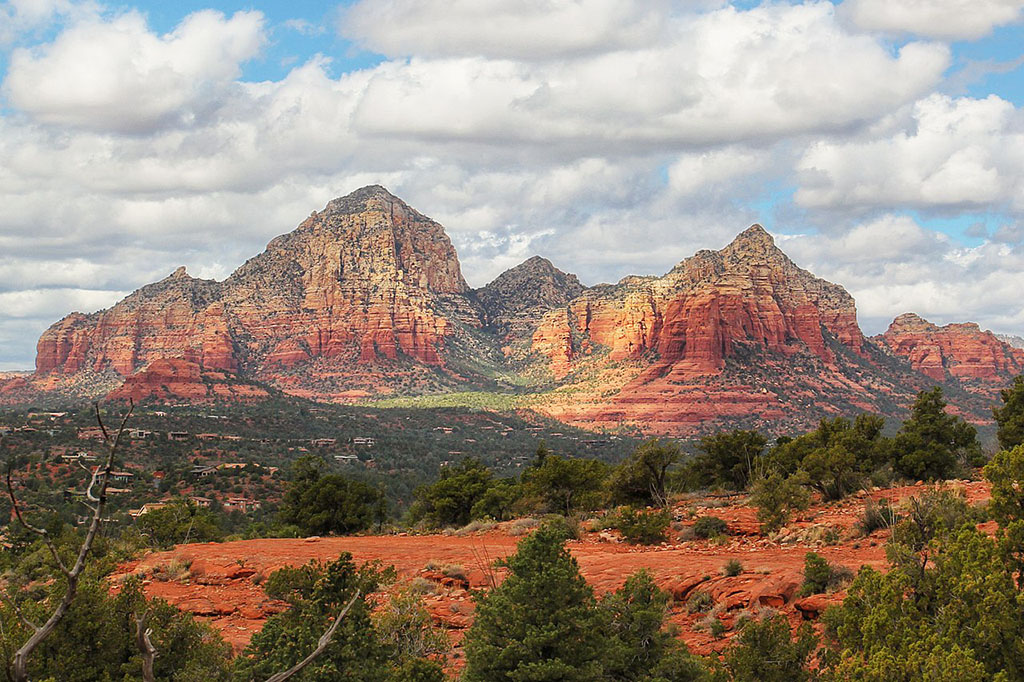
Sedona, Arizona
Less than an hour from Flagstaff– the state’s climbing mecca– are the alluring russet-hued sandstone spires and rock faces of Sedona. Located at 4,500 feet amongst the Coconino National Forest, Sedona receives minimal snowfall that generally hits only the surrounding mountains. With 400 miles of trails and three excellent state parks (Slide Rock, Red Rock and Buckskin Mountain) “Red Rock Country” is an ideal winter escape for hiking, climbing, mountain biking, horseback riding, climbing/bouldering, and paddling on the Verde River. The high desert terrain isn’t limited to rock formations: there’s also ponderosa pine forests, alpine habitat and lakes. One of the best hikes is the West Fork Trail in nearby Oak Creek Canyon for peaceful riverine habitat; the 9-mile Cow Pie Loop is a more challenging route amongst those iconic rocks. If you’re not feeling camping, there’s varied– if pricey- lodging, and dozens of art galleries for browsing.
Know Before You Go: In case you haven’t been living under a sandstone rock, Sedona is a New Age epicenter due to its alleged energy vortexes; it’s long been considered a sacred place by its indigenous peoples. Take advantage of the town’s many therapeutic treatments- from day spas and reiki to yoga and sound bathing- after a day outdoors. For a full list of offerings, check out the Sedona Metaphysical Spiritual Association’s website.
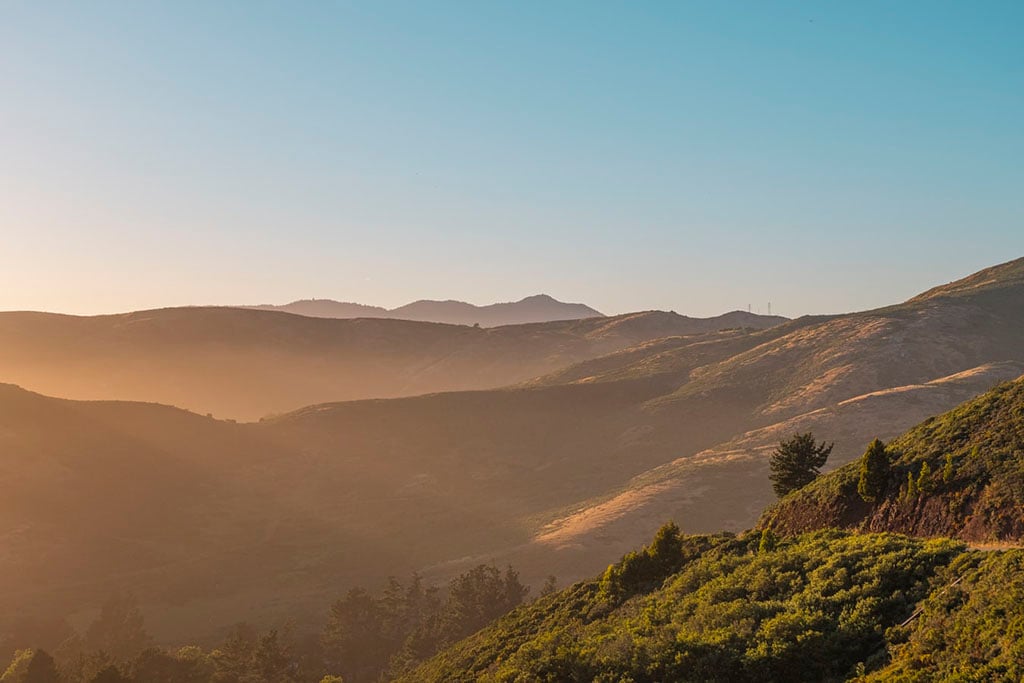
West Marin, California
It’s hard to believe most of the sleepy, picturesque hamlets of West Marin– Olema, Bolinas, Marshall, Tomales Bay, Inverness, Point Reyes Station- are less than an hour from San Francisco. A historically agrarian region, West Marin County is still largely protected from development and rife with dairy and other farms, hiking and mountain biking trails and secluded beaches. The best way to experience the region and its spectacular localized food scene is to spend a few days camping or bunking at one of the area’s many inns, B & B’s and agriturismos. Backpack amidst primordial redwood forest, through meadows or along chaparral-covered coastal bluffs; the Bolinas Ridge Trail offers memorable views of the Olema Valley, while the popular Bear Valley Loop outside of Point Reyes Station provides an ideal oceanview lunch stop atop a cliff. There’s scenic paddling throughout Point Reyes National Seashore, including Bolinas Bay and Tomales Bay (try the latter’s famed oysters at Hog Island Oyster Company or buy a bag to grill back at camp). While wandering miles of empty windswept shore, keep an eye out for whales, elephant seals and otters; on the hillsides look for native Tule Elk.
Know Before You Go: If you’re near the coast, be prepared for extreme fog, as well as wind and rain.
You can surf at and around Stinson Beach, but there’s far better breaks south of San Francisco. This entire stretch of coast is also sharky due to resident seal colonies.
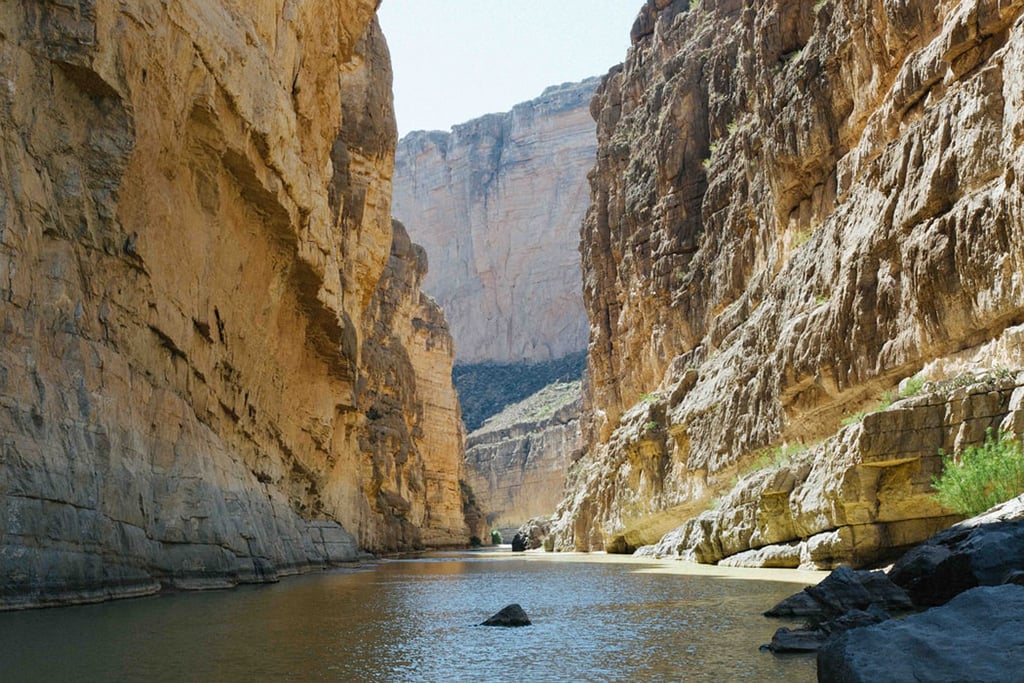
Big Bend National Park, Texas
Winter in this southern corner of West Texas is generally mild, with sunny days and crisp nights that can dip near freezing. This vast expanse of the northern Chihuahuan Desert has towering canyons, cottonwood groves, juniper forest and classic Southwestern desert vistas. While most whitewater outfitters are closed this time of year, you can still canoe, raft or kayak the river canyons of the Rio Grande (Santa Elena and Boquillas are particularly gorgeous for 1-3-day floats you’ll need a day-use or backcountry permit for all river access) if you BYOG; off the water, there are designated campgrounds and backcountry sites. There are also hot drive and hike-in hot springs, horseback riding and hiking in the rugged Chisos Mountains, but mountain bikers will need to head to Big Bend Ranch State Park two hours away, in Lajitas. It’s recommended you take an extra day to stay in the unabashedly weird ghost town of Terlingua (lodging ranges from tipis and yurts to high-end adobe casitas).
Know Before You Go: Be prepared for inclement weather including snowfall and flash floods, as well as 50-degree temperature variations in a single day. If you plan to visit the Mexican village of Boquillas– located within the park- for some tacos, cervezas and souvenirs, you’ll need your passport. Check the NPS website to make sure the town is open to visitors, due to Covid-19.
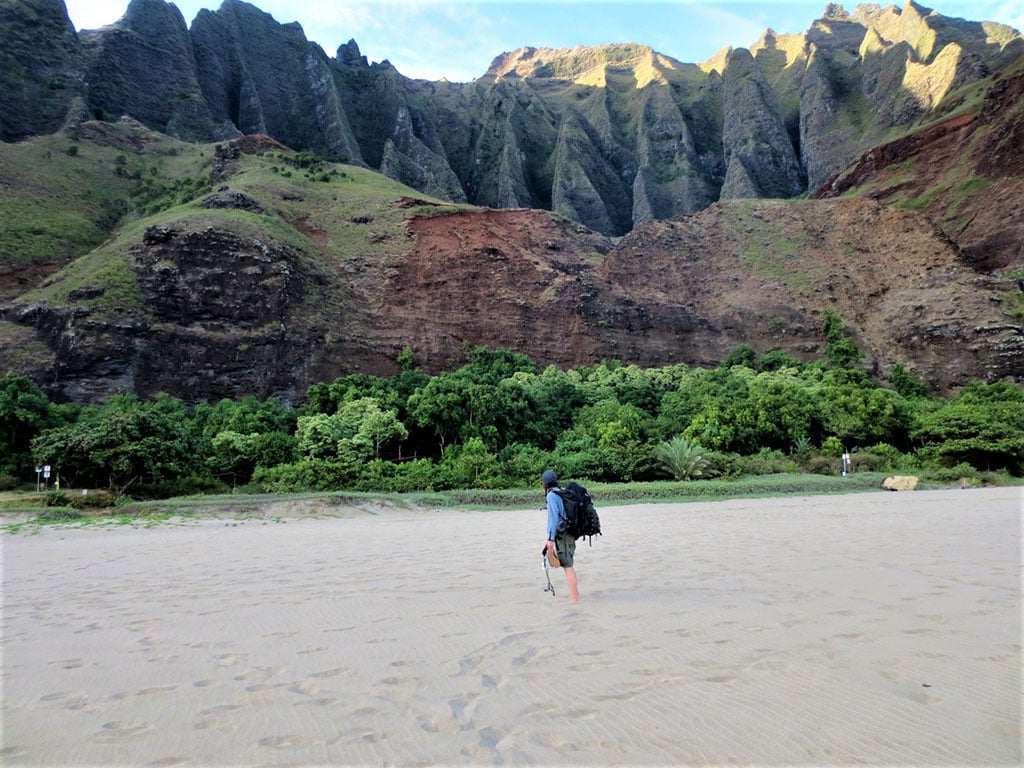
North Shore, Kauai
A winter escape to Kauai’s chilled out North Shore is an ideal late winter/early spring destination, when the island has reopened to tourism. Hanalei town is the perfect base, with its handful of restaurants, food trucks and farm stands; don’t miss the excellent farmers’ market. While the dangerous surf and deadly rips preclude winter swimming and snorkeling, expert surfers will be in heaven. There’s also incredible hiking and scenery along the Na Pali coastline and inland at Waimea Canyon and Kokee State Parks. Be prepared for frequent downpours, as this is the wet side of the island. Should you decide to undertake the 11-mile (one-way) Kalalau Trail, this time of year, note that its subject to deep mud, flash floods and rockslides along the footpath, much of which is along cliffs with 800-foot drops. You’ll be rewarded, however, with a long, empty swath of white sand beach to camp on, but don’t swim- even in summer, the rips are legendary. Road cycling is another great way to explore the island; for winter paddling, head down to Poipu or the Wailua River, which also has swimming holes.
Know Before You Go: Hawaii frequently updates visitor requirements due to Covid-19; visit the Safe Travel Hawai’i website before planning your trip to any of islands, for the most current information.
If you’re hiking the Kalalau, you’ll need to purchase a permit before your trip; the trail only permits 60 hikers per day and purchases are limited to a 90-day advance.
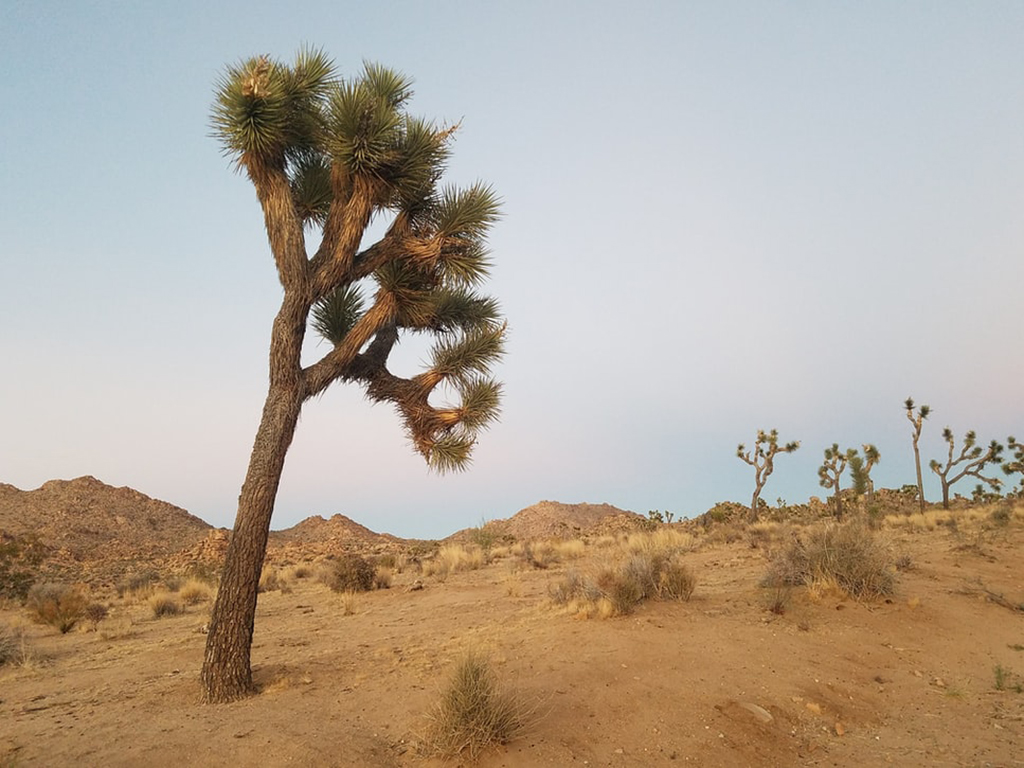
Joshua Tree National Park, California
Decades before Airbnb and Instagram put it on the map, “J Tree” was the Southland’s climbing epicenter. The Mojave and Colorado deserts converge within the park, which is home to the namesake trees and massive, monzogranite formations that attract experienced sport and trad climbers from all over the world. With over 8,000 routes, 2,000 boulder problems and countless geologic features, you could conceivably spend all winter exploring rock faces, but there’s also hiking, biking and horseback riding. Winter weather is generally dry and mild, with nights dropping into the 30s. There are 500 campsites within the park, which necessitate pre-booking even in winter, as well as smaller first-come, first-served campgrounds popular with climbers; Hidden Valley is a favorite for its sites amongst the boulders and on-site routes.
Know Before You Go: Water within the park is scarce, so stock up in town or nearby Twentynine Palms.
Biking is limited to the park’s backcountry roads, which include a tough 20-mile route to Pinkham Canyon. After a long day on the slabs, hit the historic Red Dog Saloon for beer and burgers, or catch a famous alt-indie act at Pappy & Harriet’s– both are in nearby Pioneertown.
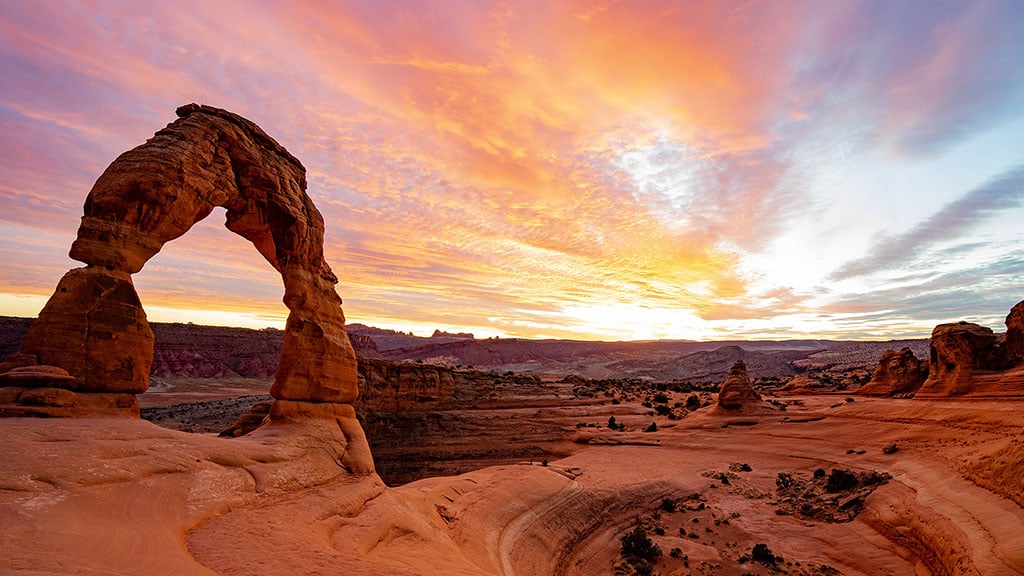
Moab, Utah
With an average of nine inches of snow in winter, Moab is a three-season enthusiast’s playground all year long. From hiking and backpacking to world-class mountain biking, climbing and canyoneering, the terrain accommodates all skill levels. There’s plenty of winter camping, too, from commercial to primitive sites. There’s also national, state, forest service and BLM campgrounds that offer gorgeous riverside, mesa, and canyon sites. Once the sun sets, enjoy the stars- Moab boasts some of the darkest skies in the Lower 48, but you can also grab dinner and a beer in town. Be sure to allow time to explore– if not stay- at least one of the surrounding landmarks: Canyonland National Park, Arches National Park and Dead Horse State Park.
Know Before You Go: Backcountry camping is free, with a permit. Be prepared for temperature extremes; from December through February, the average daily temps are in the is mid-40s F.
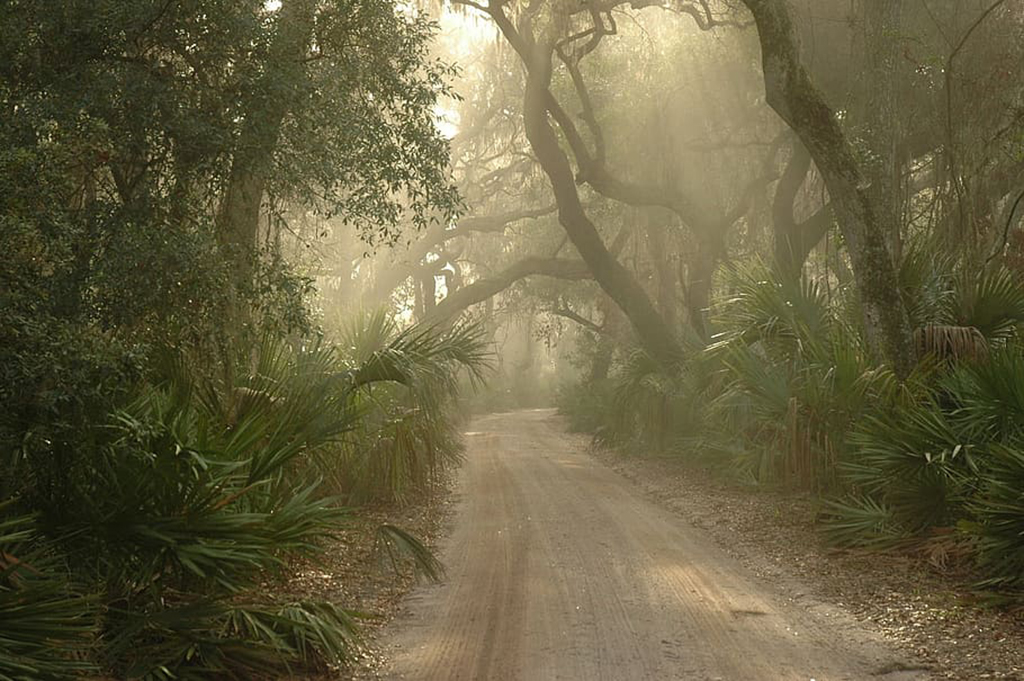
Cumberland Island, Georgia
While you won’t find any hardcore recreational opportunities, Georgia’s largest, southernmost barrier island offers tranquility and over 50 miles of mostly unpopulated hiking trails. Stay conditioned by wandering the beach and coastal dunes or traversing the island through marsh, historic ruins and maritime forest: there are over 9,800 acres of Congressionally designated Wilderness here, as well as wild horses, manatees, and– come spring– nesting loggerhead turtles. Bonus: winter is bug-free, making camping far more pleasurable.
Know Before You Go: The winter ferry from St. Mary’s on the mainland runs 5 days a week through February. You’ll need a reservation to camp as well as a printed copy of your camping permit; most campgrounds don’t have potable water or permit fires.
Considering COVID
While traveling might be extra challenging right now, there’s still hope for a great escape this winter. Be sure to check locally for updates and travel smart. With a little research, creativity and a mask, you’re likely to find some safe, fun and sun-filled ways to escape winter this year.
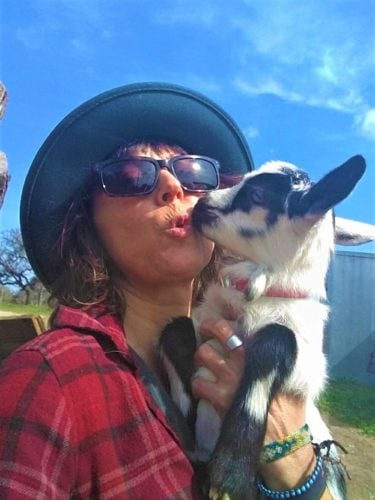 Laurel Miller is an Austin-based food, spirits and travel writer and editor. Despite her Texas locale, she’s obsessed with the mountains and whitewater, but breakfast tacos run a close third. She’s at sustainablekitchen.com.
Laurel Miller is an Austin-based food, spirits and travel writer and editor. Despite her Texas locale, she’s obsessed with the mountains and whitewater, but breakfast tacos run a close third. She’s at sustainablekitchen.com.
